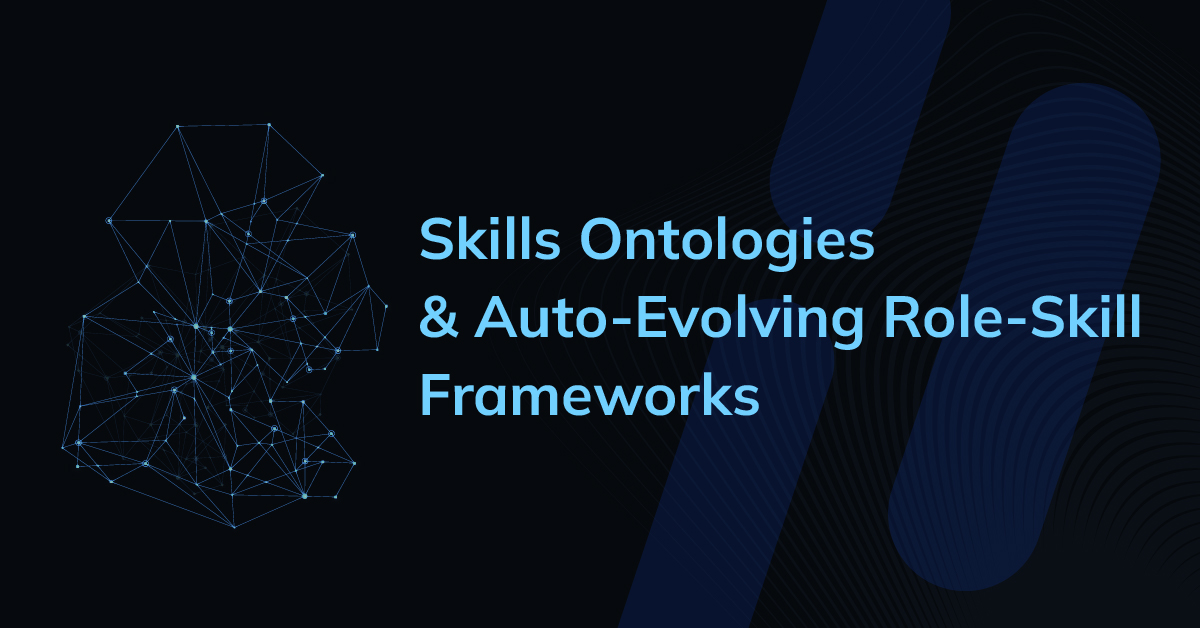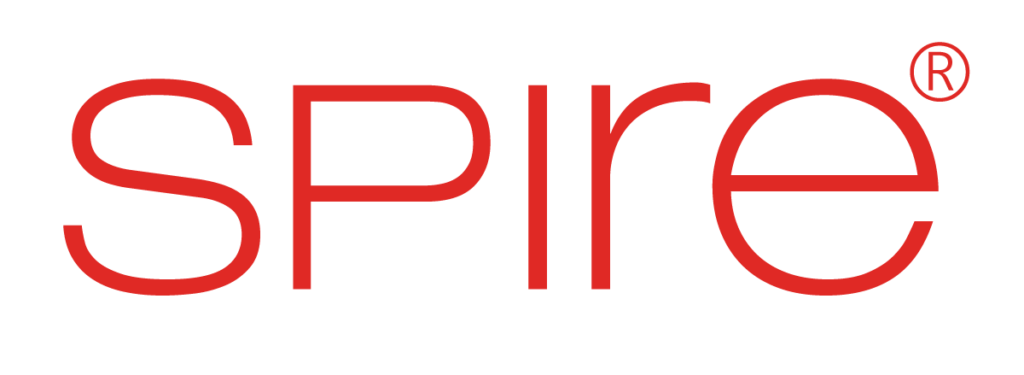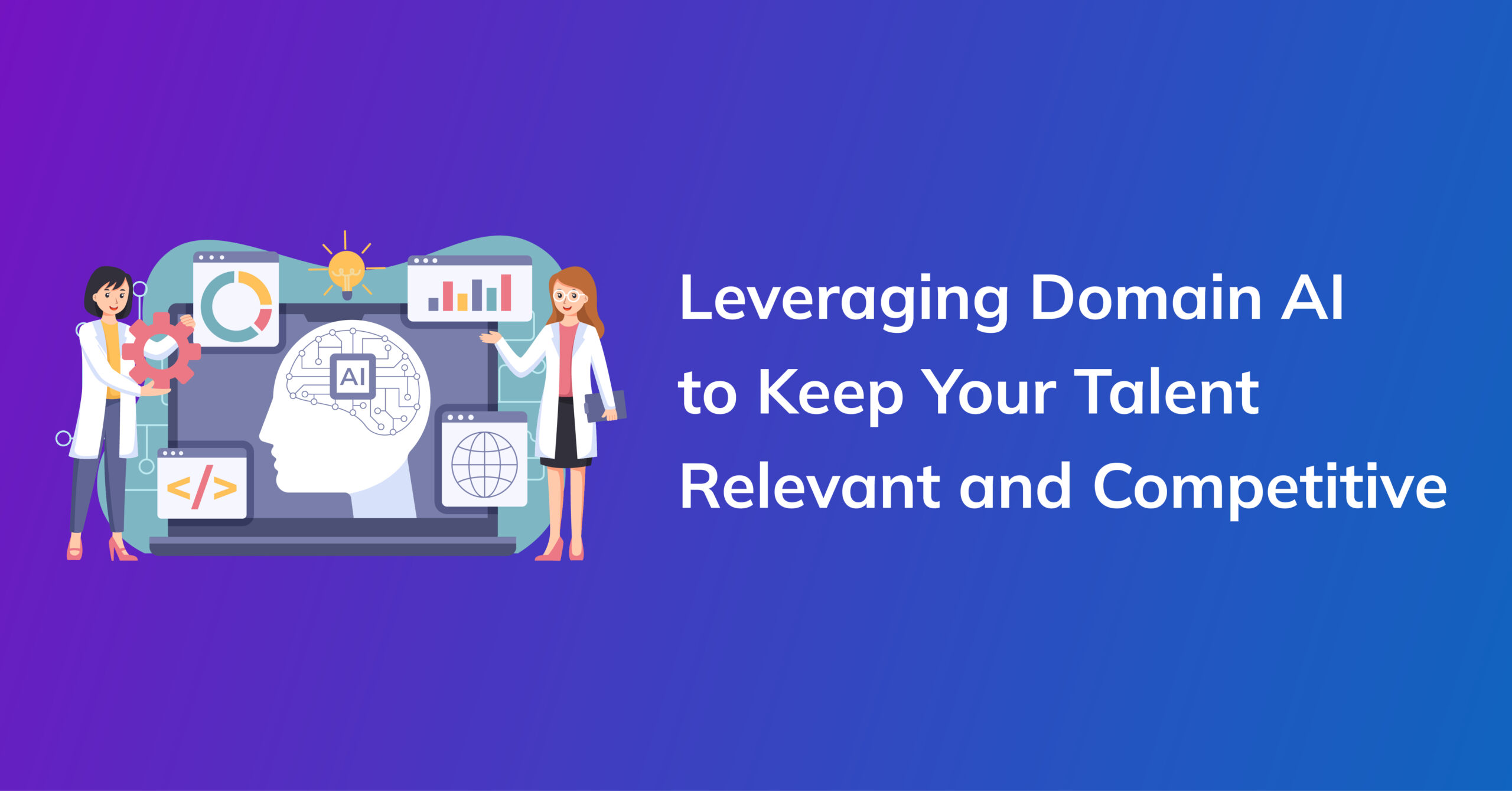
What is Hiring Bias?
Hiring Bias
Hiring bias occurs when personal preferences, stereotypes, or first impressions influence hiring decisions. It can result in a lack of diversity or the overlooking of qualified candidates due to non-job-related factors, impacting fairness and inclusivity in the workplace.



